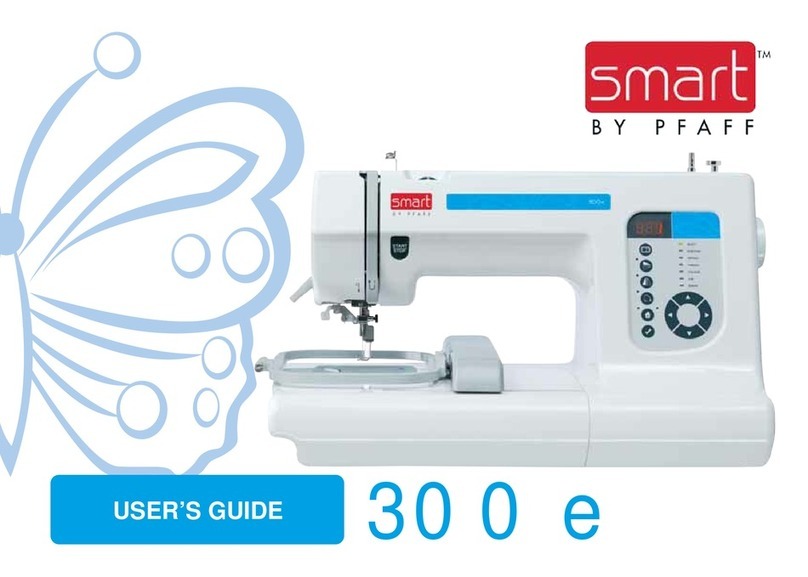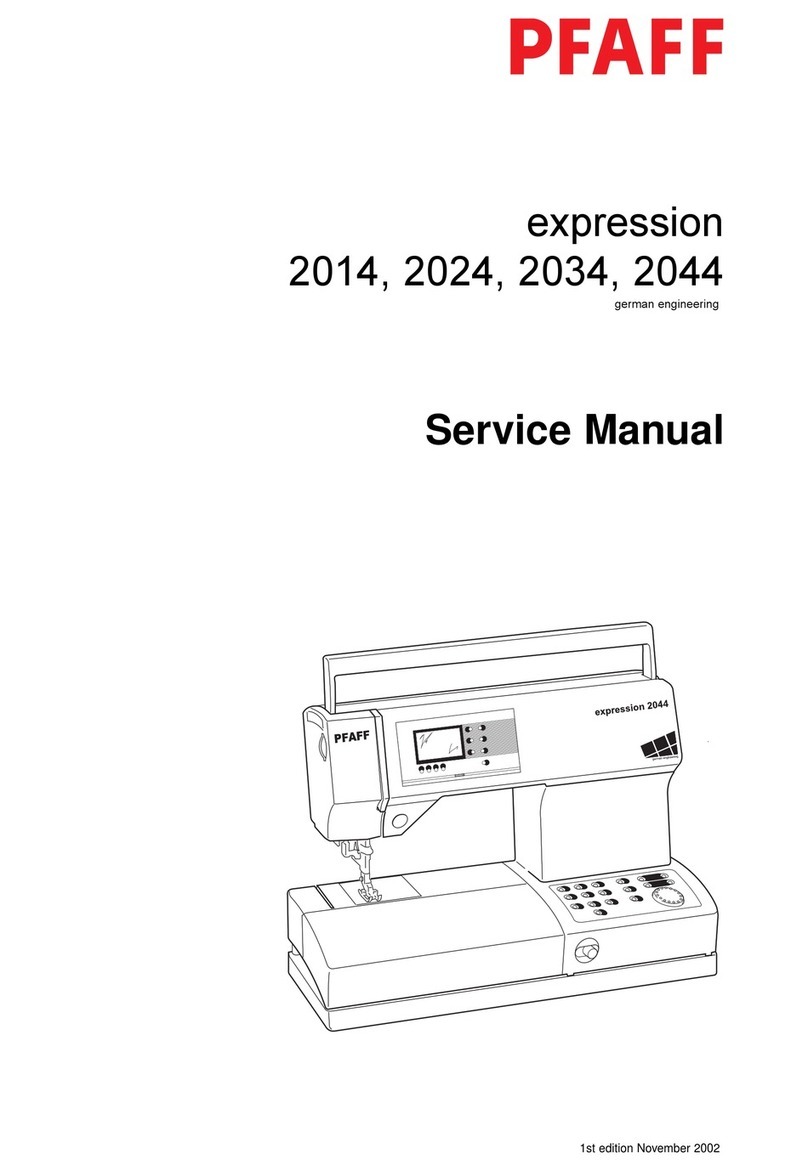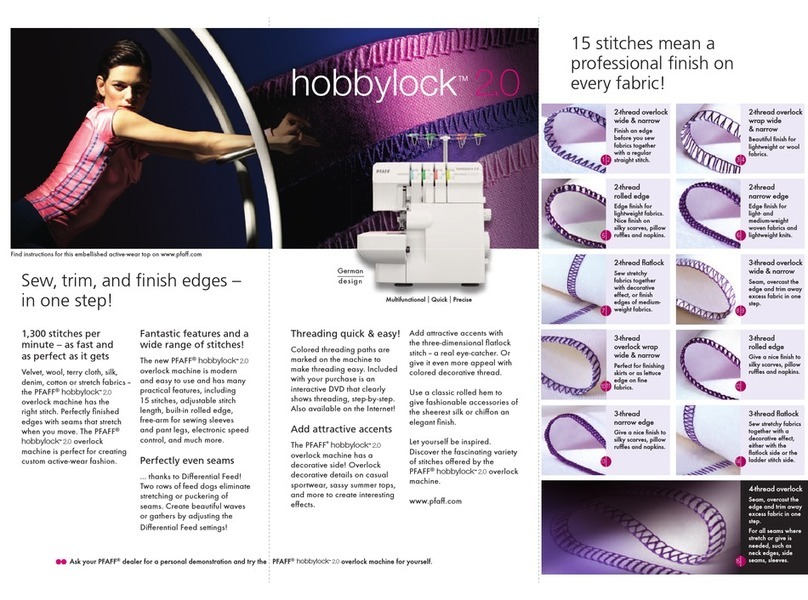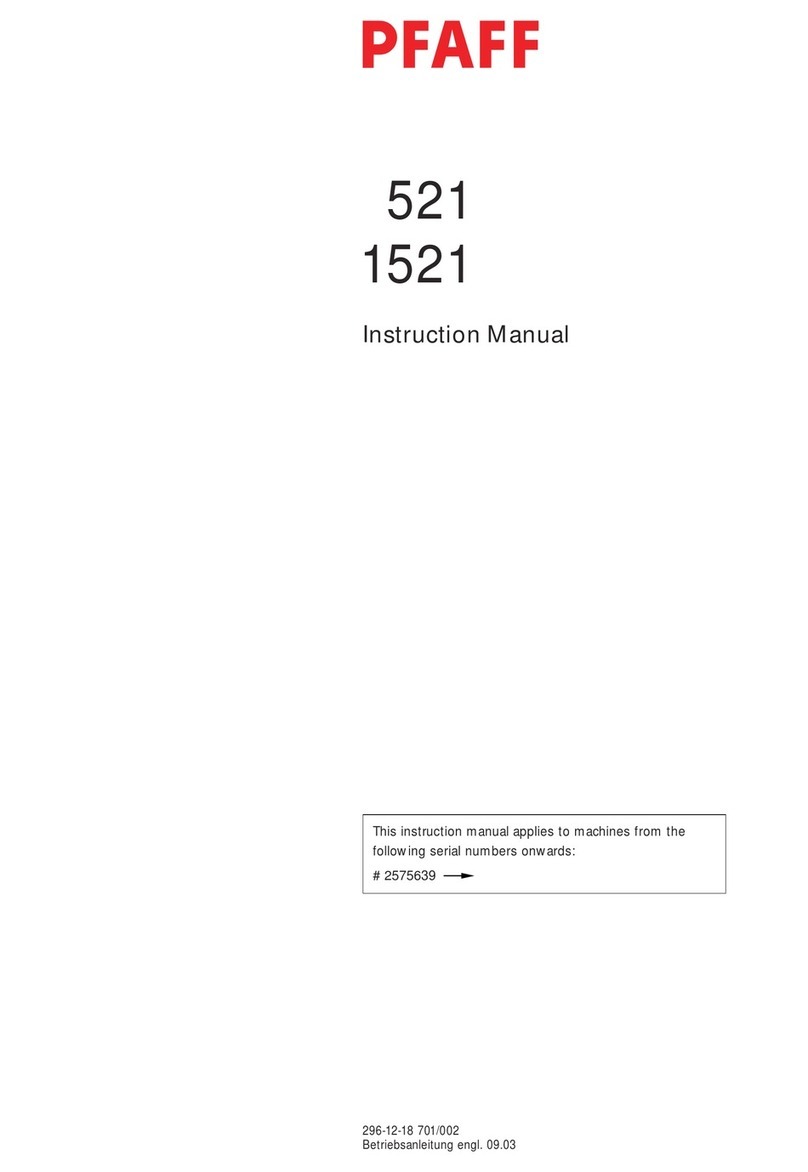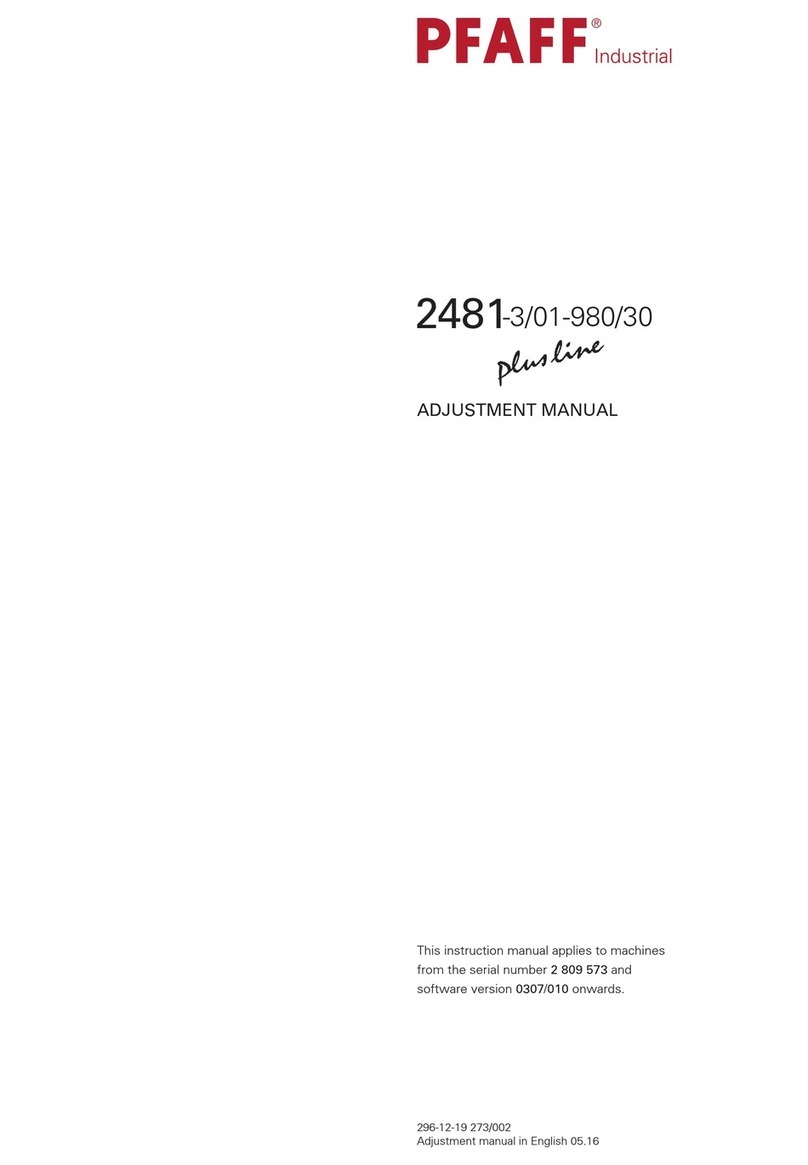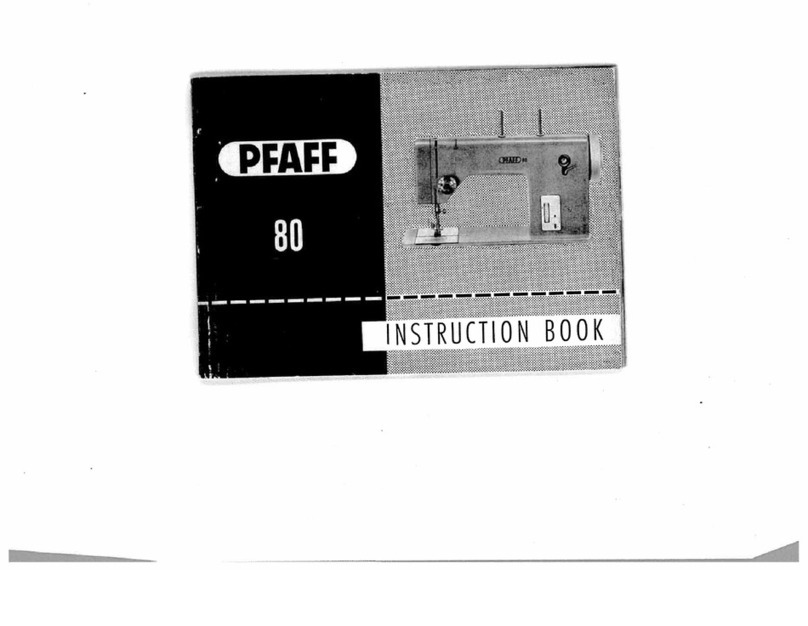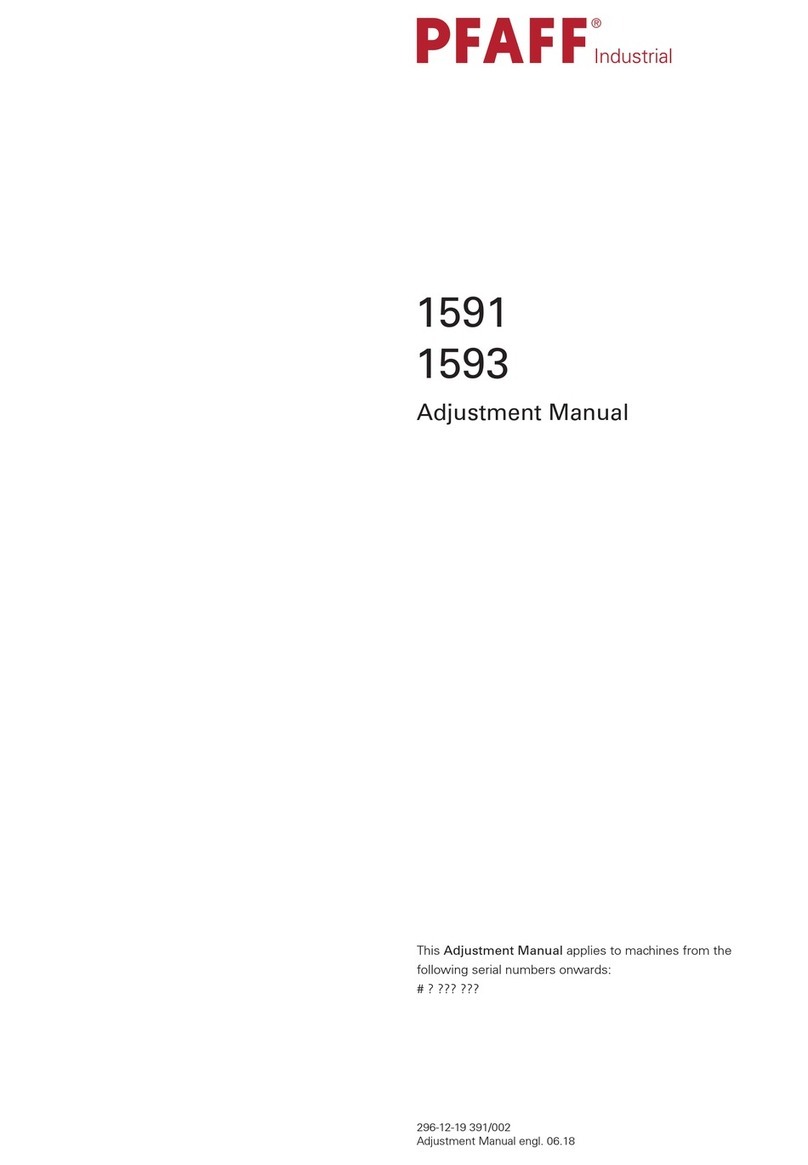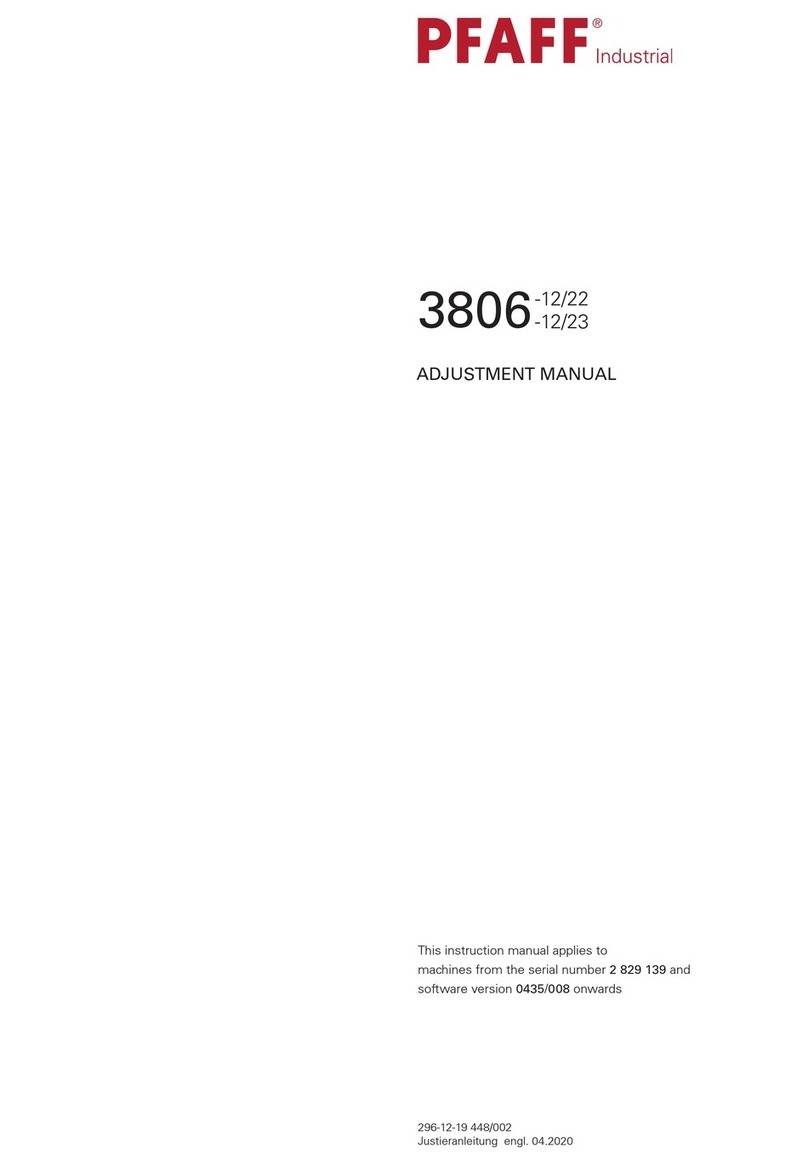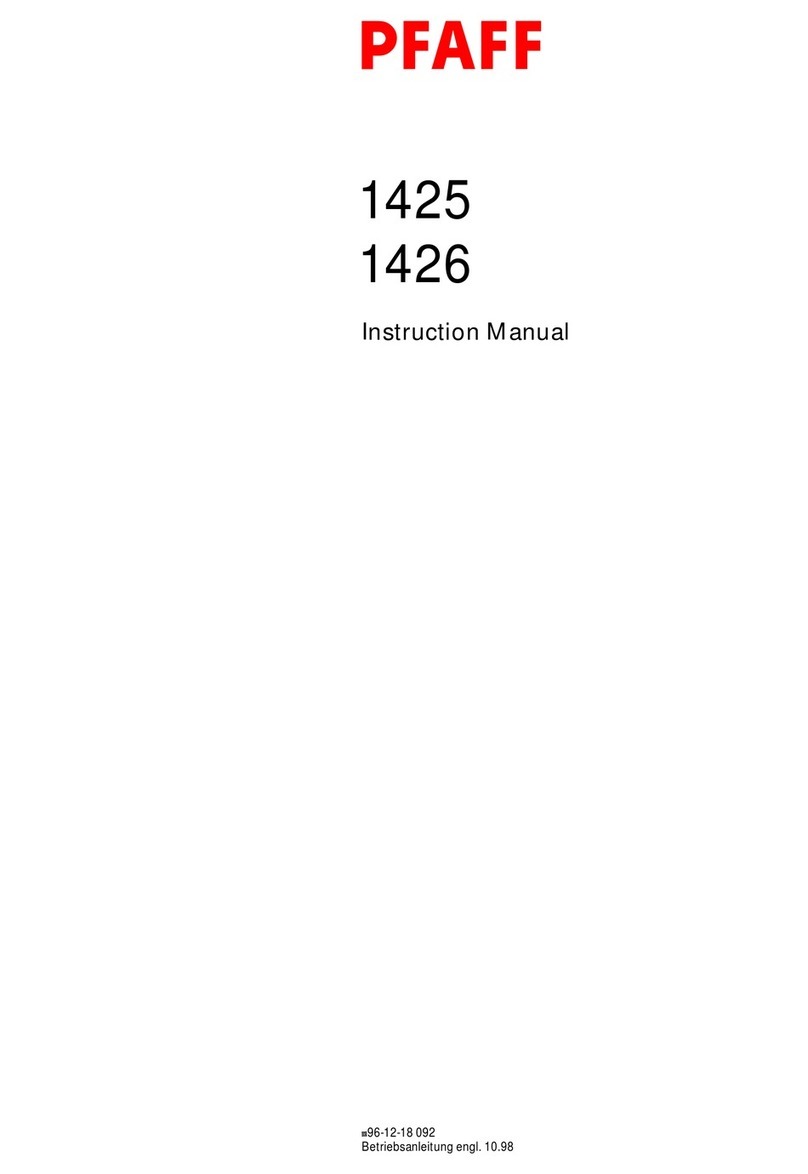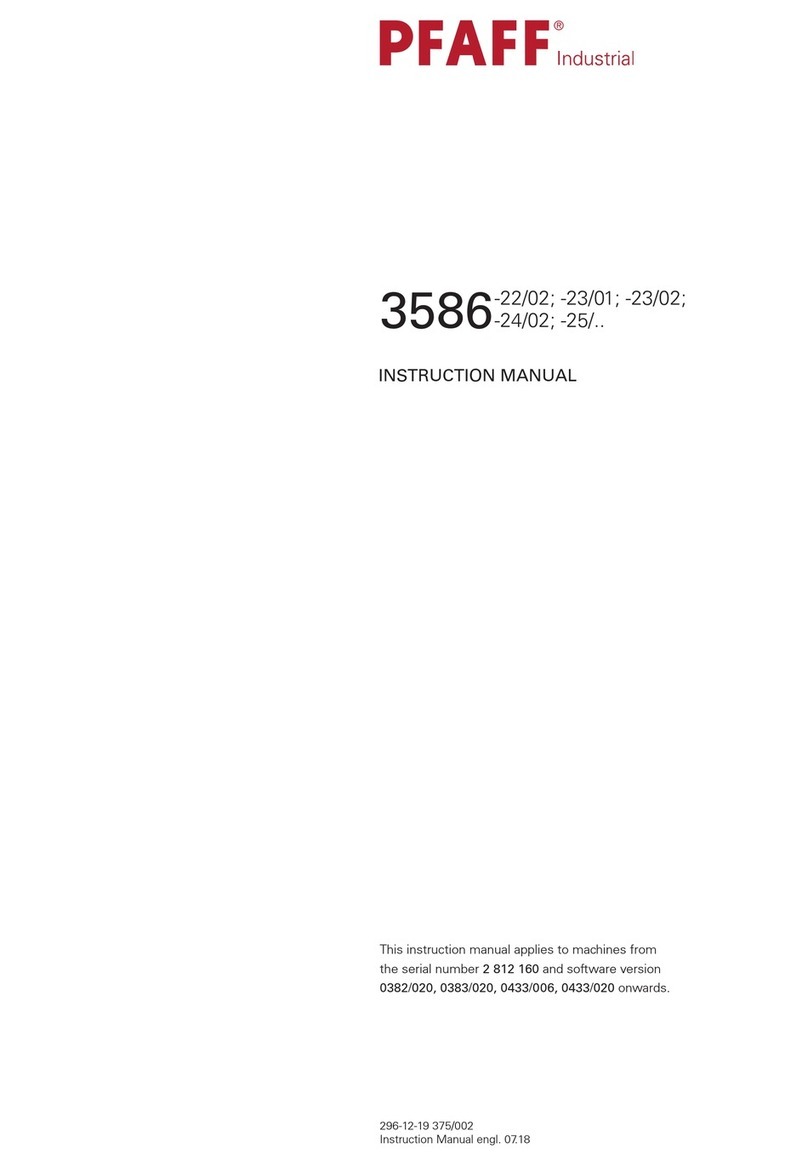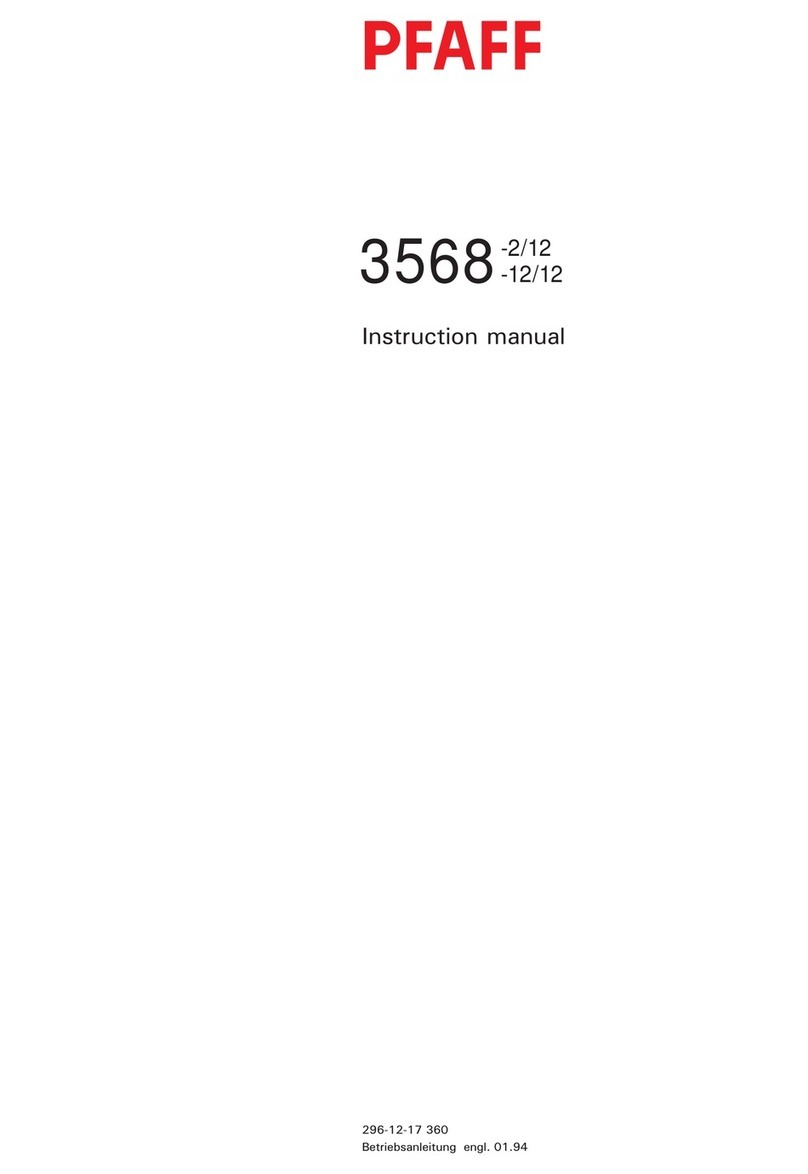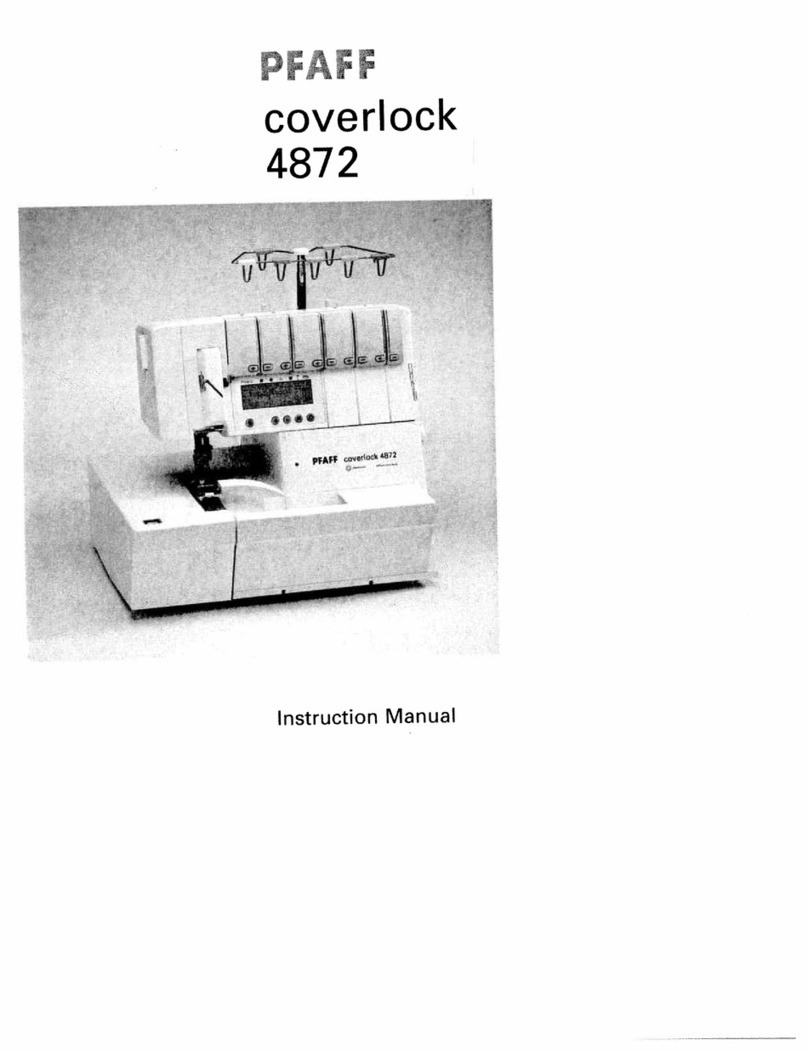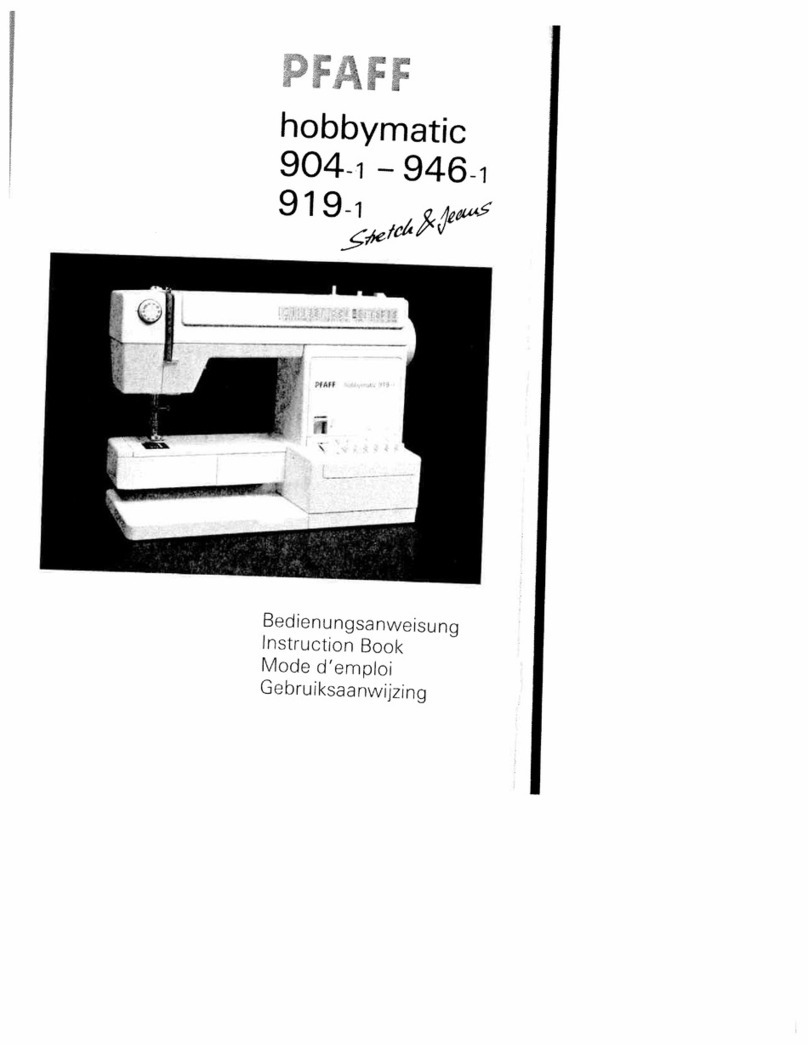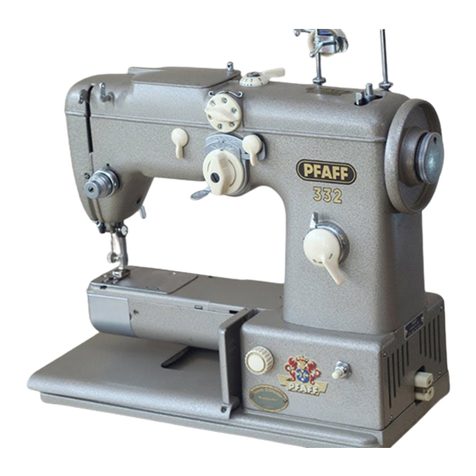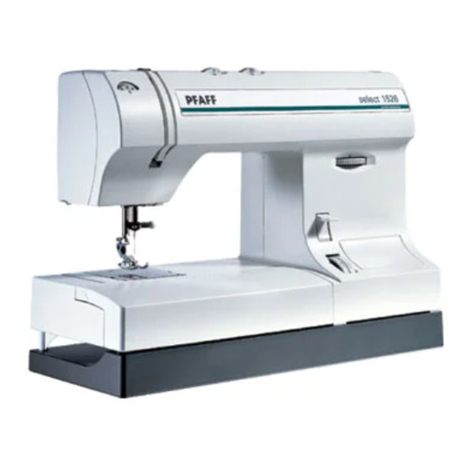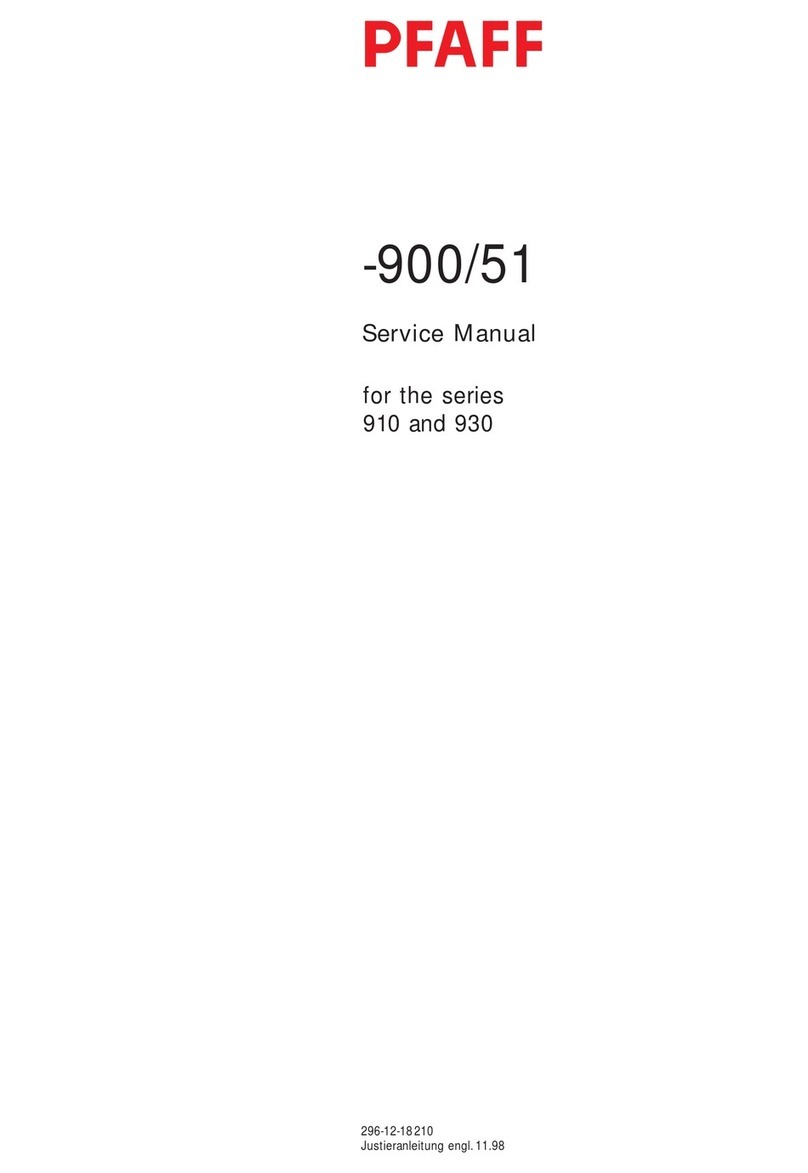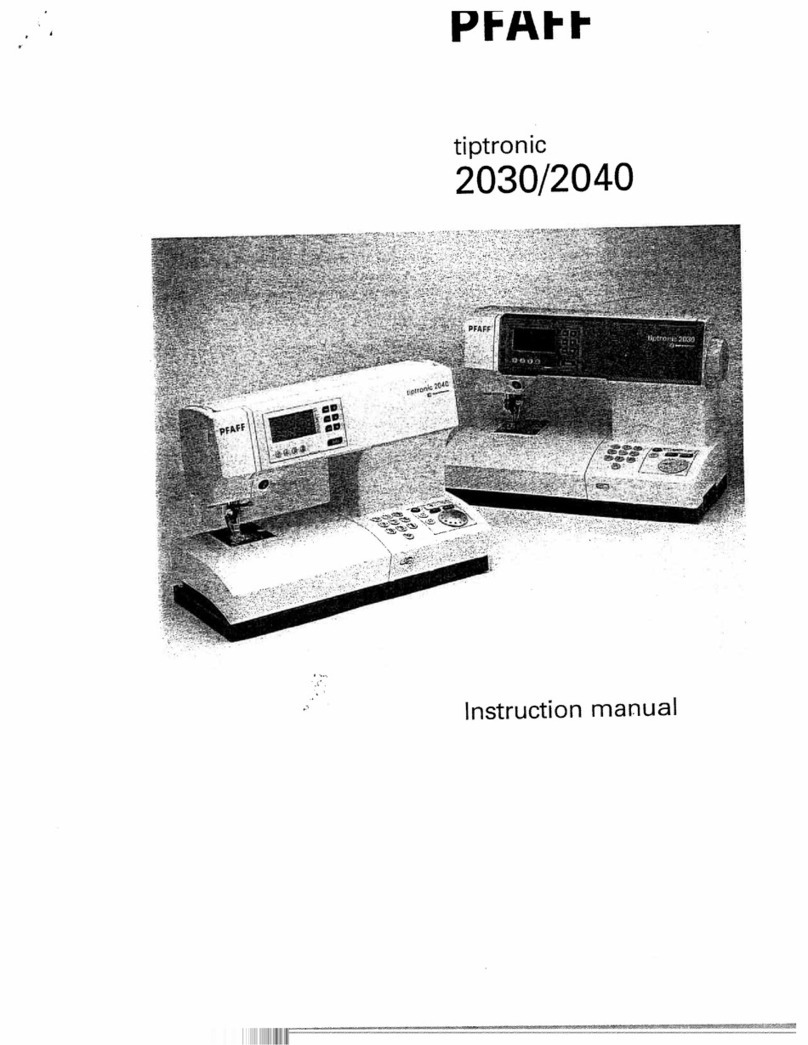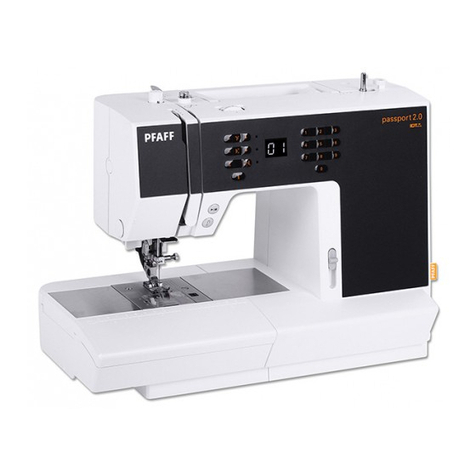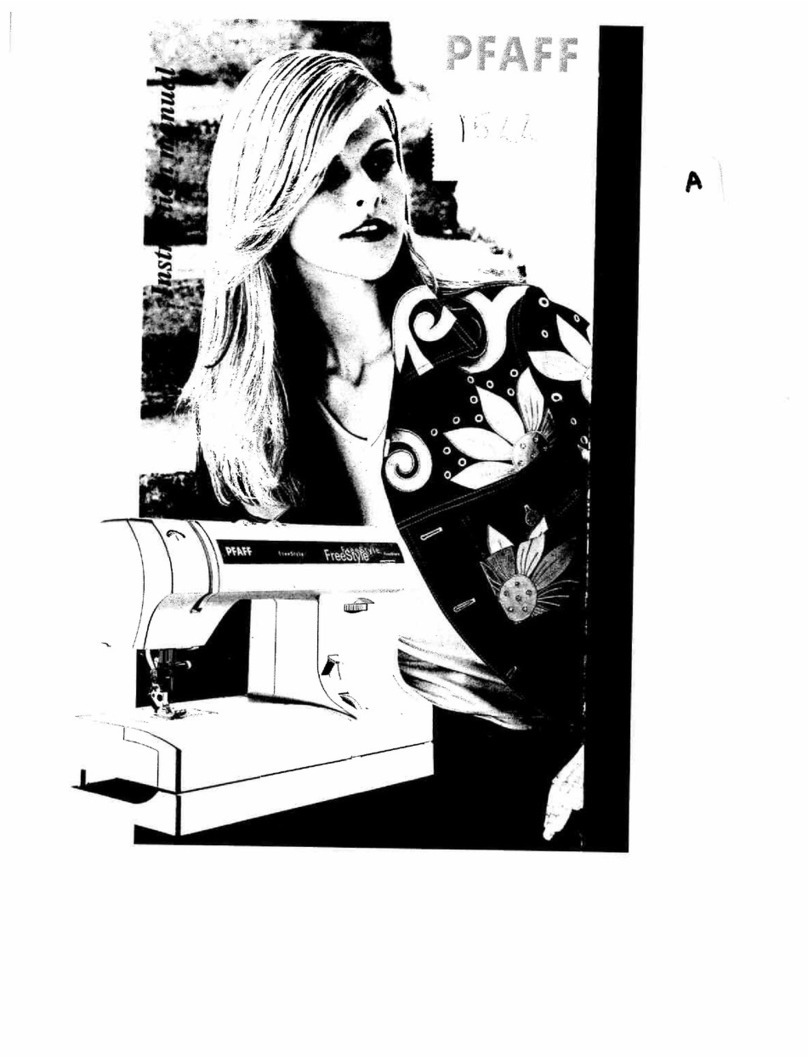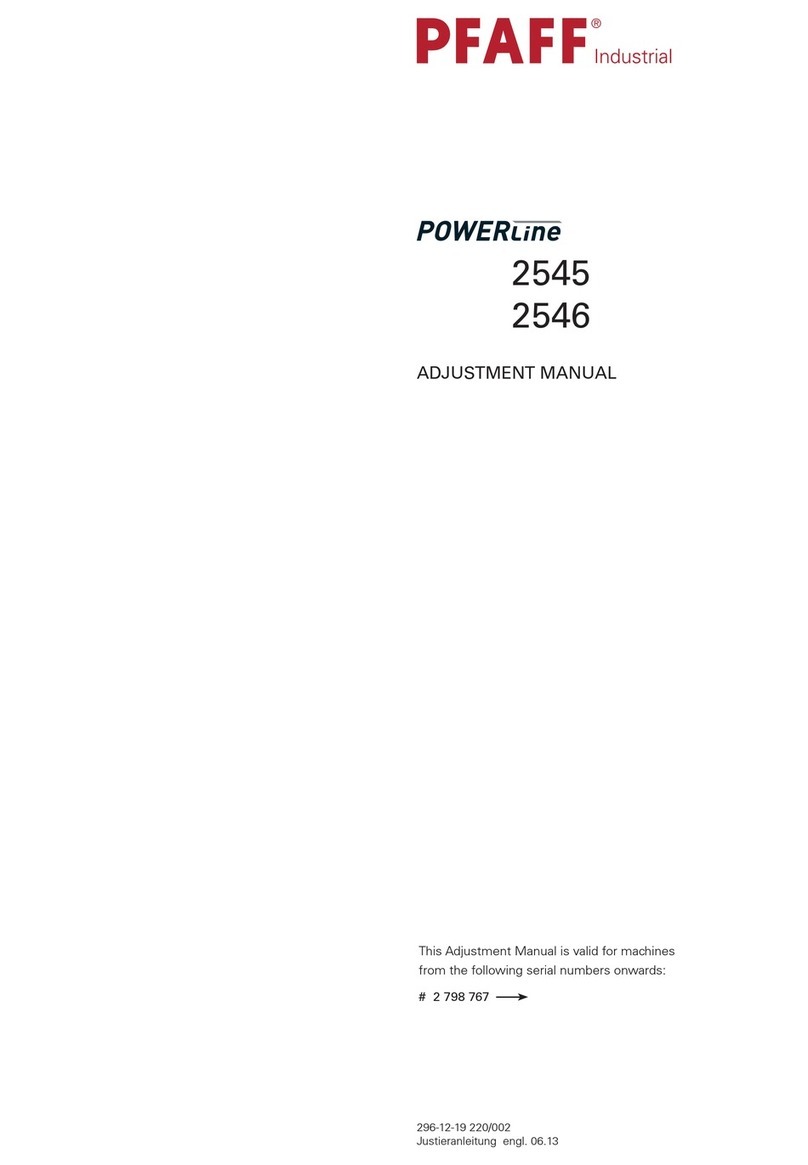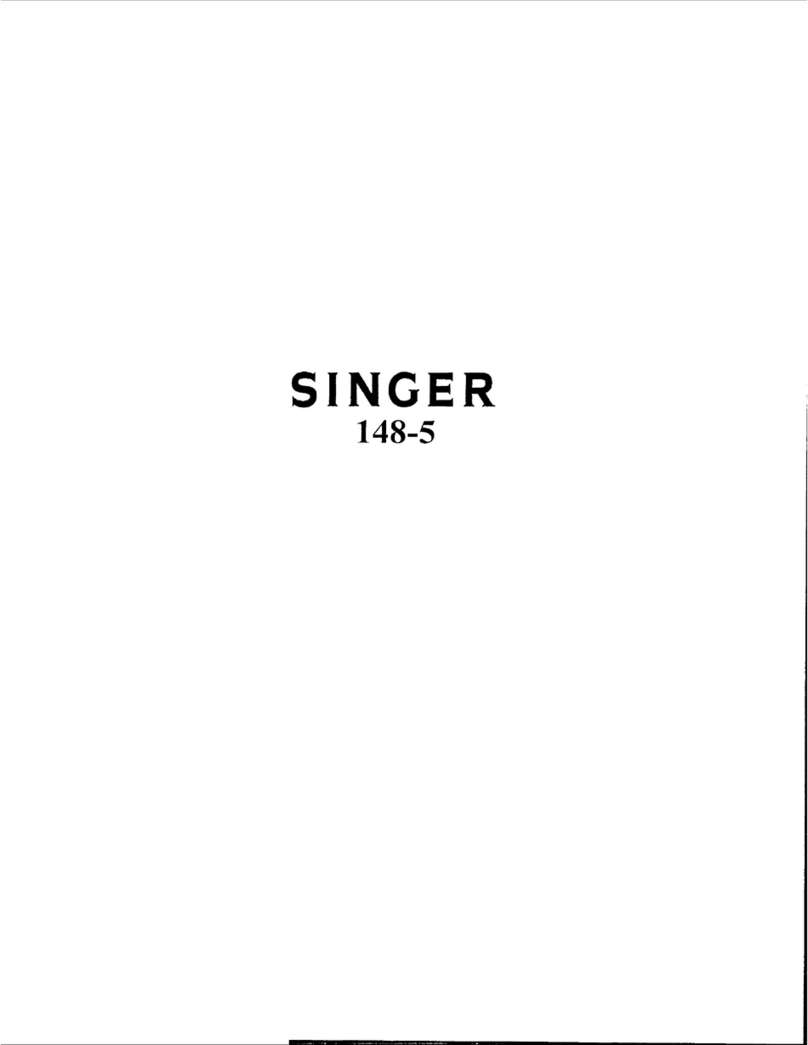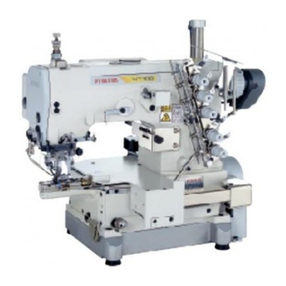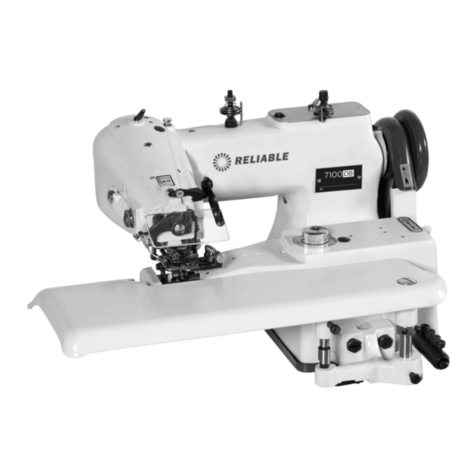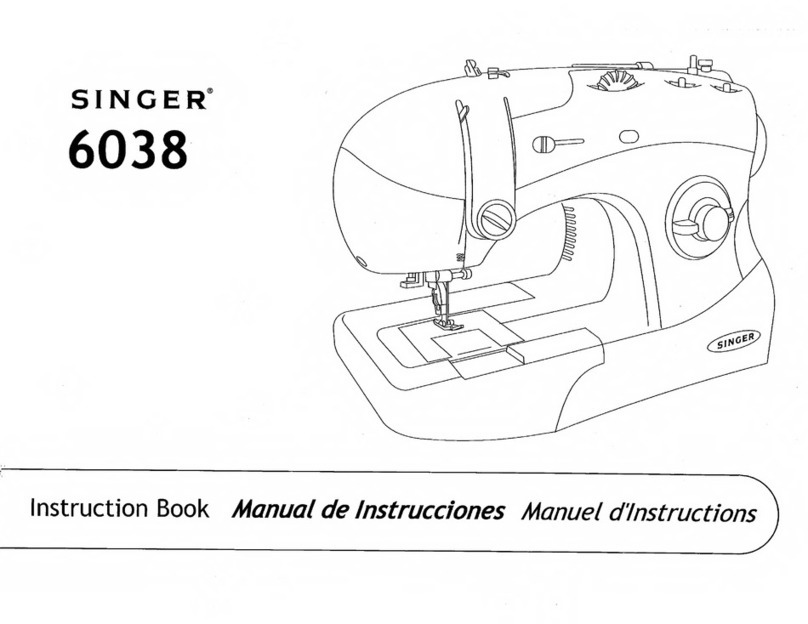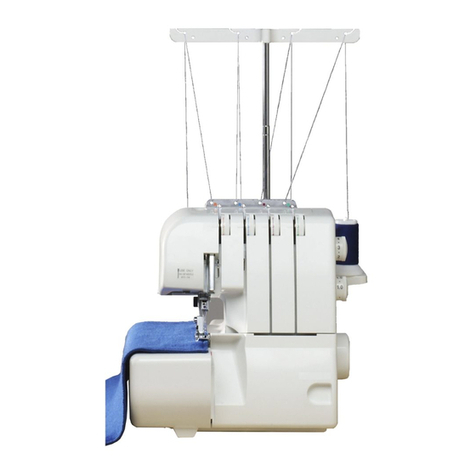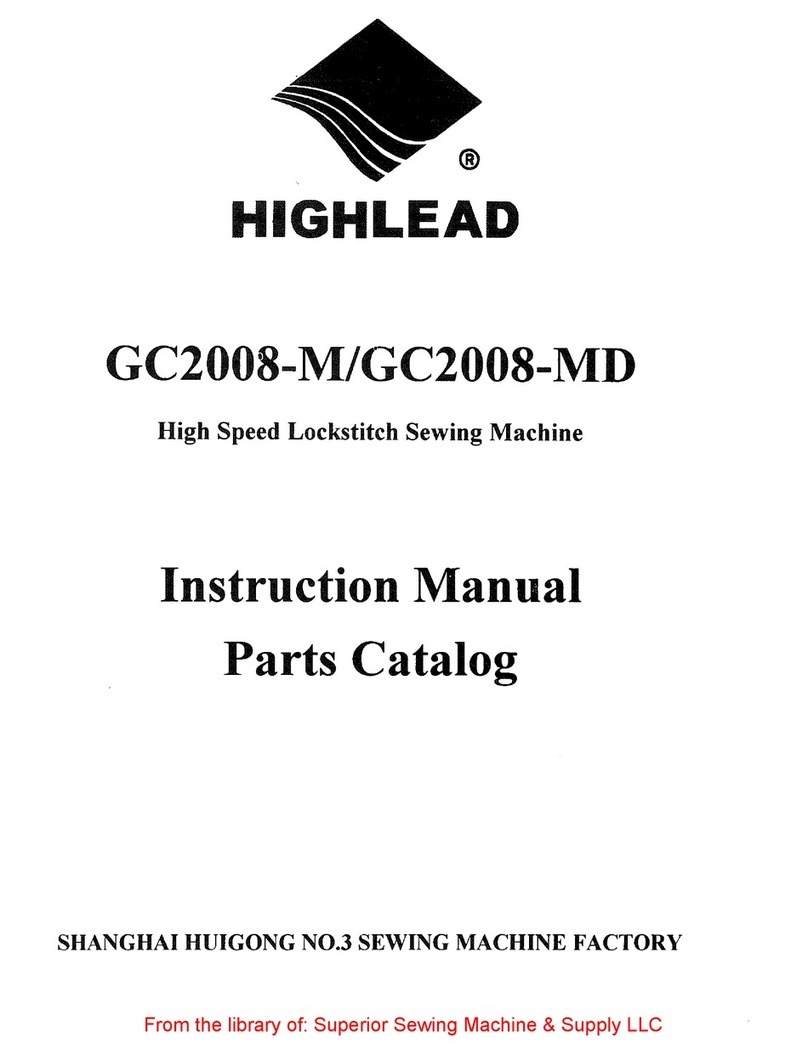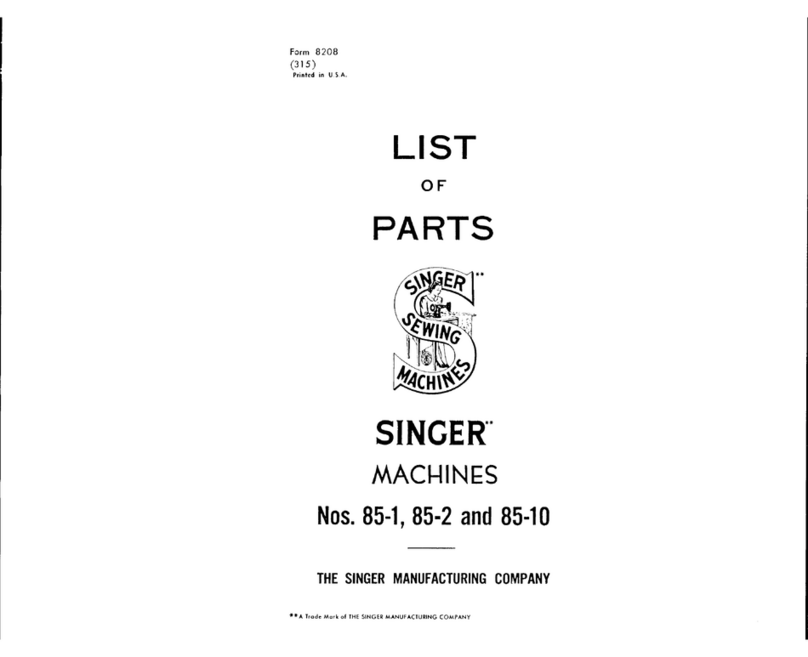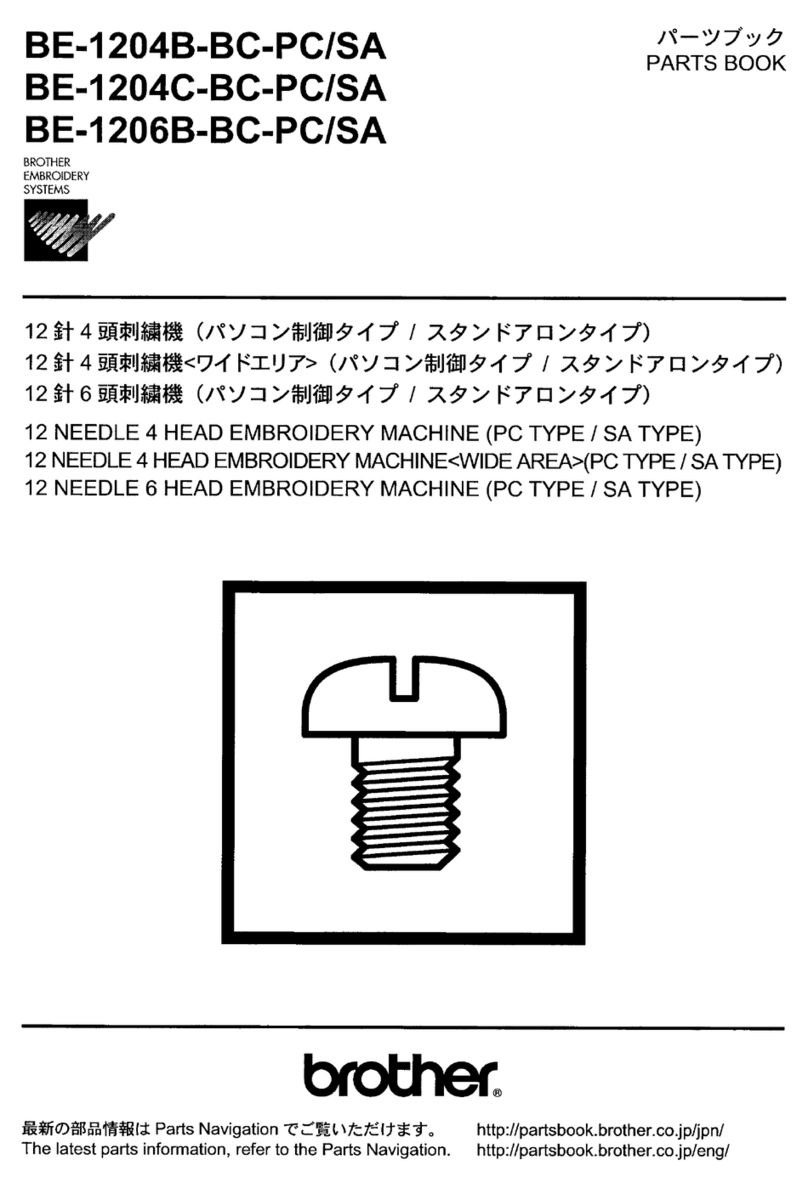
Table of Contents
Contents ..................................................................................Page
8.02.02 Mounting the flange motor on the machine ........................................................................ 25
8.02.03 Mounting the machine cover ............................................................................................... 25
8.02.04 Connecting the plug-in connections and ground cable ........................................................ 26
8.02.05 Machine drive home position / fitting the toothed belt ........................................................ 27
8.02.06 Mounting the flange motor belt guard................................................................................. 28
8.02.07 Connecting the safety switch .............................................................................................. 29
8.02.08 Checking the start inhibitor function .................................................................................... 29
8.03 Assembling the reel stand ................................................................................................... 30
8.04 Initial start-up ....................................................................................................................... 30
8.05 Switching the machine on / off ............................................................................................ 30
9Set-up.................................................................................................................................. 31
9.01 Inserting the needle ............................................................................................................ 31
9.02 Winding the bobbin thread, adjusting the thread tension.................................................... 32
9.03 Removing / inserting the bobbin case.................................................................................. 33
9.04 Inserting the bobbin case, adjusting the bobbin thread tension .......................................... 33
9.05 Threading the needle thread / adjusting the needle thread tension.................. 34
9.06 Selecting a program number ....................................................................................... 35
9.07 Setting stitch lengths ........................................................................................................... 36
9.08 Entering start and end backtacks......................................................................................... 37
9.09 Switching on / setting the bobbin thread monitoring using stitch counting............................ 39
9.10 Entering / changing the code number................................................................................... 41
9.11 Setting the control panel...................................................................................................... 43
9.12 Inserting and removing the SD memory card ..................................................................... 44
10 Sewing ................................................................................................................................ 45
10.01 Manual sewing..................................................................................................................... 45
10.02 Sewing with fixed programs ................................................................................................ 47
10.03 Programmed sewing............................................................................................................ 49
10.03.01 Program interruption ............................................................................................................ 51
10.04 Error messages.................................................................................................................... 51
11 Input .................................................................................................................................... 52
11.01 Entering seam programs .....................................................................................................53
11.01.01 Basic seam program input settings...................................................................................... 53
11.01.02 Seam program input via the “Create/correct program” function......................................... 55
11.01.03 Seam program input via the “Teach-in” function ................................................................. 57
11.02 Examples for setting seam programs .................................................................................. 59
11.02.01 Examples of seam program input using the “Create/correct program” function ................ 59
11.02.02 Example for seam program input via the “Teach-in” function.............................................. 61
11.03 Managing seam programs ................................................................................................... 63
11.04 Parameter settings............................................................................................................... 65
11.04.01 Overview of parameter functions ........................................................................................ 65
11.04.02 Example of a parameter entry ............................................................................................. 66
11.04.03 List of parameters for control P320 and 321 ....................................................................... 67
